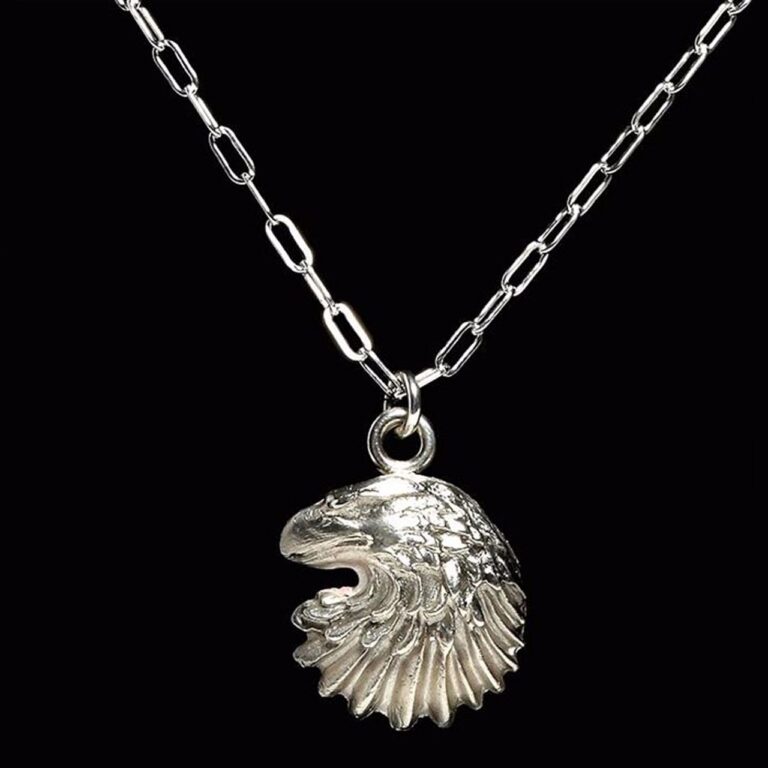A Deep Dive into Upcycling in Fashion
Upcycling in fashion has a rich history dating back to the early 20th century when resourcefulness and creativity were essential during times of scarcity. In the aftermath of World War II, individuals began repurposing old clothing and materials to create new styles, reflecting a shift towards sustainable practices even before the term “upcycling” gained popularity.
Throughout the decades, upcycling in fashion has seen a resurgence at various points, driven by both necessity and trends. In the 1960s and 1970s, the DIY movement promoted the idea of transforming existing garments into unique pieces, embracing individuality and self-expression. This ethos was further fueled by environmental awareness in the late 20th century, highlighting the importance of reducing waste in the fashion industry through innovative upcycling methods.
The Environmental Impact of Upcycling
Upcycling in fashion has gained momentum in recent years as a sustainable alternative to traditional manufacturing processes. By utilizing existing materials and transforming them into new pieces, upcycling reduces the demand for raw resources and minimizes waste. This practice not only lessens the environmental footprint of the fashion industry but also promotes creativity and innovation in design.
The environmental impact of upcycling goes beyond waste reduction. It also helps to reduce energy consumption and greenhouse gas emissions associated with the production of new garments. By breathing new life into discarded materials, upcycling contributes to a circular economy where resources are utilized more efficiently, leading to a more environmentally friendly and socially responsible fashion industry.
Upcycling vs Recycling: Understanding the Difference
Upcycling and recycling are both sustainable practices aimed at reducing waste and conserving resources. While they share similar goals, there are key differences between the two processes. Upcycling involves transforming old or discarded materials into new and higher value products without breaking them down into basic materials. This creative process often leads to unique and innovative designs, adding a touch of individuality to the final products.
On the other hand, recycling entails breaking down waste materials into raw components to create new products. This process generally requires higher energy consumption compared to upcycling. While recycling is crucial for managing certain types of waste, upcycling offers a more creative and environmentally friendly approach by giving a new life to existing materials. Understanding these distinctions can help consumers make more informed choices to support sustainable fashion practices.
• Upcycling involves transforming old or discarded materials into new and higher value products without breaking them down into basic materials
• This creative process often leads to unique and innovative designs, adding a touch of individuality to the final products
• Recycling entails breaking down waste materials into raw components to create new products
• This process generally requires higher energy consumption compared to upcycling
• While recycling is crucial for managing certain types of waste, upcycling offers a more creative and environmentally friendly approach by giving a new life to existing materials.
• Understanding these distinctions can help consumers make more informed choices to support sustainable fashion practices
What is upcycling?
Upcycling is the process of transforming old or unused items into something new and of higher value.
How is upcycling different from recycling?
While recycling involves breaking down materials to create something new, upcycling involves repurposing items without breaking them down.
What are some examples of upcycling in fashion?
Examples of upcycling in fashion include turning old t-shirts into tote bags, transforming denim jeans into skirts, or using scraps of fabric to create new garments.
What is the environmental impact of upcycling?
Upcycling helps reduce waste and the demand for new materials, which in turn reduces the environmental impact of manufacturing new products.
How can I start upcycling at home?
You can start upcycling at home by repurposing old clothing, furniture, or household items into something new and useful. There are also many DIY tutorials available online to guide you through the process.







